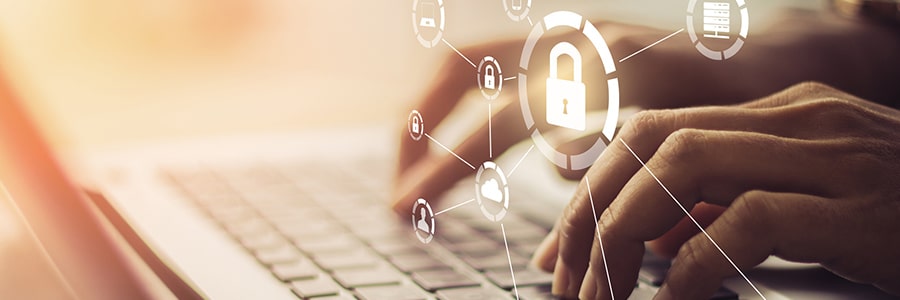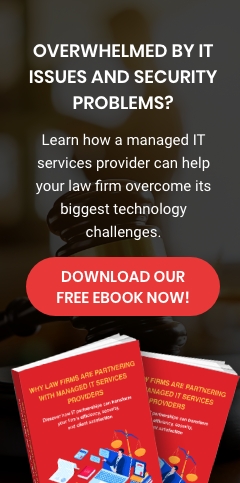Whether you're a remote worker, frequent traveler, or simply enjoy staying connected on the go, you've likely used a public Wi-Fi hotspot. They're ubiquitous in airports, restaurants, coffee shops, libraries, public transit, and hotel rooms across Illinois, Georgia, California, and the rest of the United States.
While these free networks are convenient for accessing online accounts, catching up on work, and checking email, they're not without their risks. Public Wi-Fi networks can be vulnerable to cyberattacks, so if you connect to them, you risk exposing your devices and data.
Learn more about the risks of public Wi-Fi and how to stay safe from them by reading this article.
What are the risks of using public Wi-Fi?
Public Wi-Fi is a minefield of security risks. Even though business owners may think they're doing their customers a favor by providing public Wi-Fi, the security on these networks is often lax or nonexistent. Here are some of the most common threats on public Wi-Fi networks:
Man-in-the-middle (MitM) attacks
This type of attack occurs when a malicious actor inserts themselves into a conversation between two parties, either to eavesdrop or impersonate one of them. The primary goal of most MitM attacks is to steal personal information, such as login credentials, account details, and credit card numbers.
Unencrypted networks and malicious hotspots
Unencrypted networks are unsecured public Wi-Fi networks that are open to anyone, with no login or screening required. Malicious hotspots are unencrypted networks put up by malicious actors to bait victims. The main difference is that many unencrypted networks aren’t necessarily unencrypted because of malicious intent, but usually because of lack of knowledge and a mere desire to provide free service.
The problem for users is it can be quite difficult to tell if an unencrypted network is free of threats or isn’t a malicious hotspot pretending to be a free service.
Malware distribution
Malware, shorthand for malicious software, is any software that is designed to cause harm, steal information, or violate the security or stability of a system. Public Wi-Fi networks are common sources of malware because any attacker can simply rig a program to automatically send malware to any device logged onto a public network. Once malware enters your computer or device, there’s no telling what kind of damage it will do. It may be a mere nuisance such as an old virus distributed by a prankster or as damaging as ransomware, which holds your data hostage for an exorbitant amount of money.
How can you stay safe when using public Wi-Fi?
If you have no choice but to rely on a public Wi-Fi network, make sure to take the following precautions to minimize risk as much as possible:
Avoid accessing sensitive information
When using public Wi-Fi, be careful about what sensitive information you access. For less sensitive tasks, such as browsing for directions, you may be okay. But for more sensitive tasks, such as paying bills or shopping, it's best to wait until you're connected to a more secure network.
Use a virtual private network
Using a virtual private network (VPN) on public Wi-Fi is a great way to protect your data from attackers. A VPN creates a secure tunnel between your device and the VPN server, so your traffic is encrypted and can't be intercepted by third parties.
Only access websites that start with HTTPS
When browsing on public Wi-Fi, only visit websites that use HTTPS. HTTPS websites have a lock icon in the address bar, indicating that your traffic is encrypted. This makes it much more difficult for attackers to steal your personal information.
Remember to log out
When you're done using public Wi-Fi, log out of any services you were using and forget the network so that your device doesn't automatically reconnect in the future. This will help minimize the amount of time your device is exposed to the network.
Public Wi-Fi can be a convenient way to stay connected on the go, but it's important to be aware of the risks and take steps to protect yourself. By following the tips above, you can help keep your data safe and secure. For more data security tips and assistance, don’t hesitate to contact USWired.


